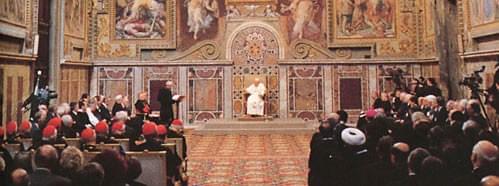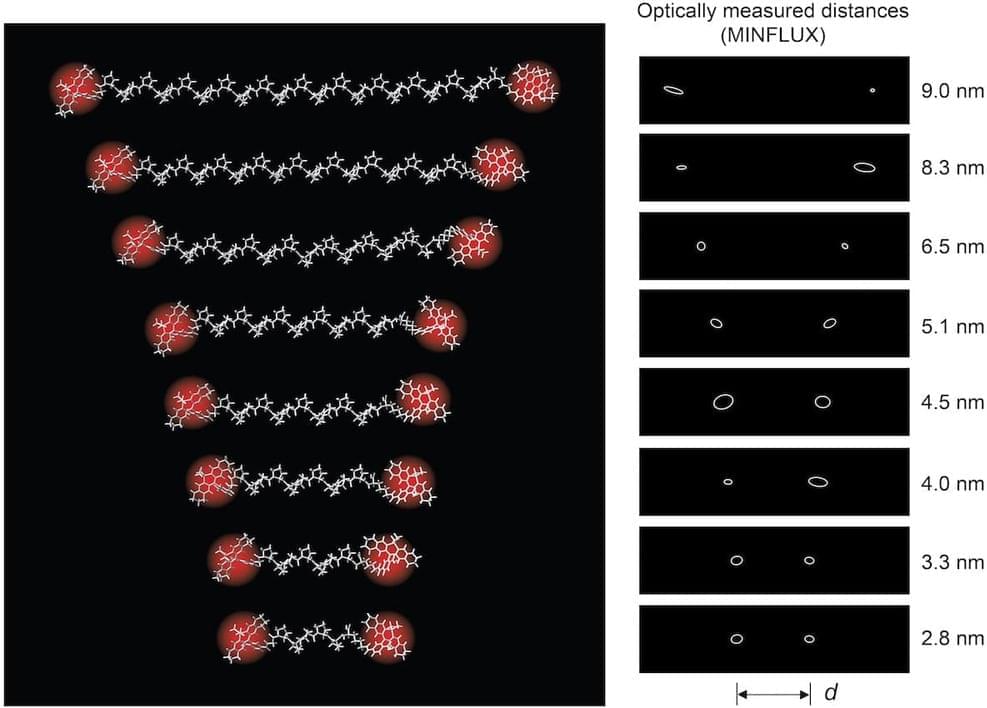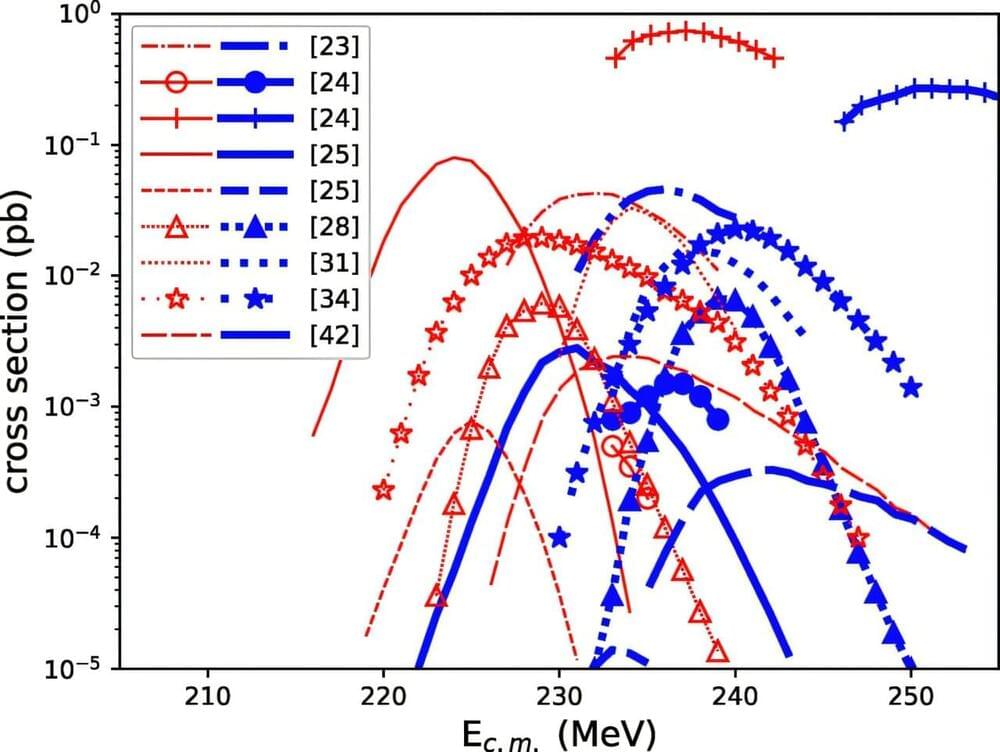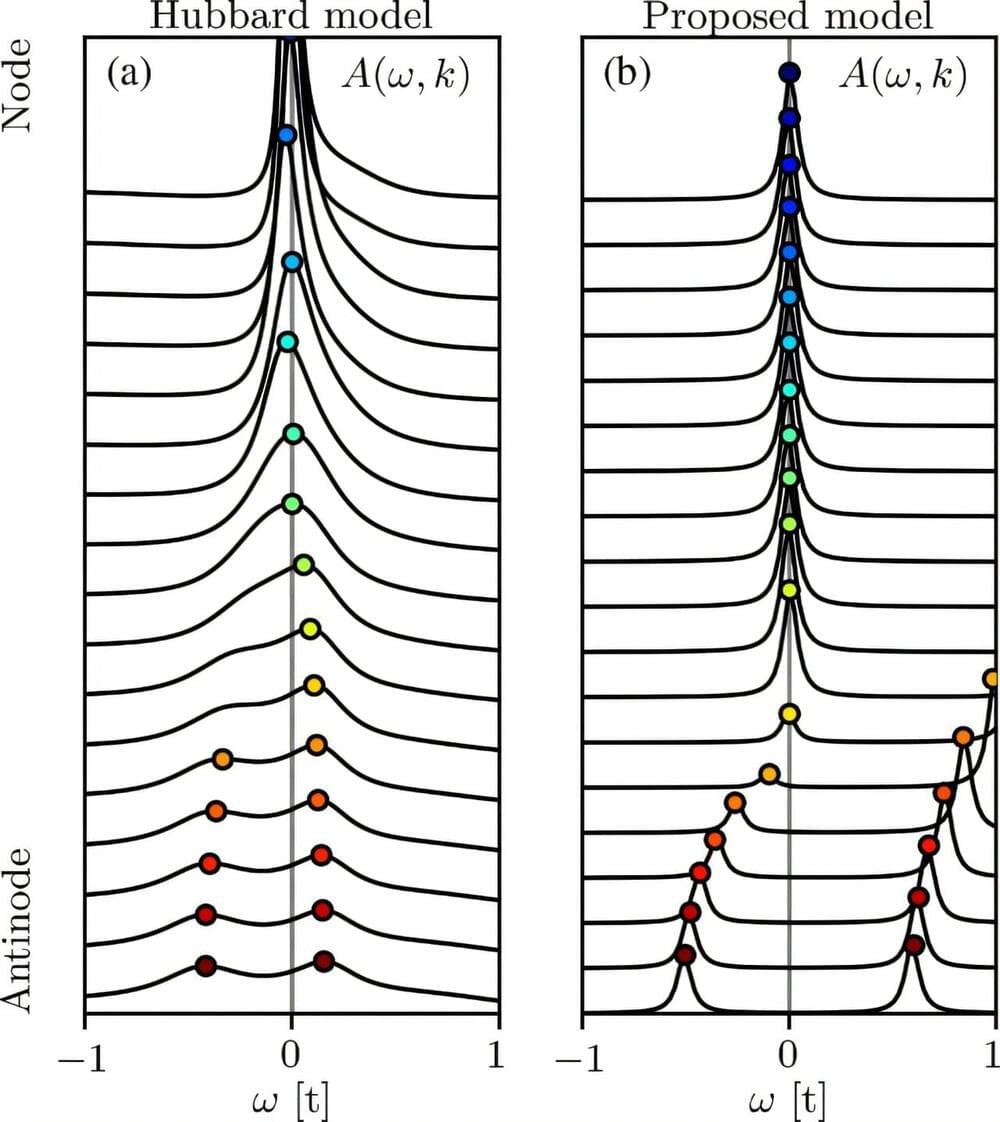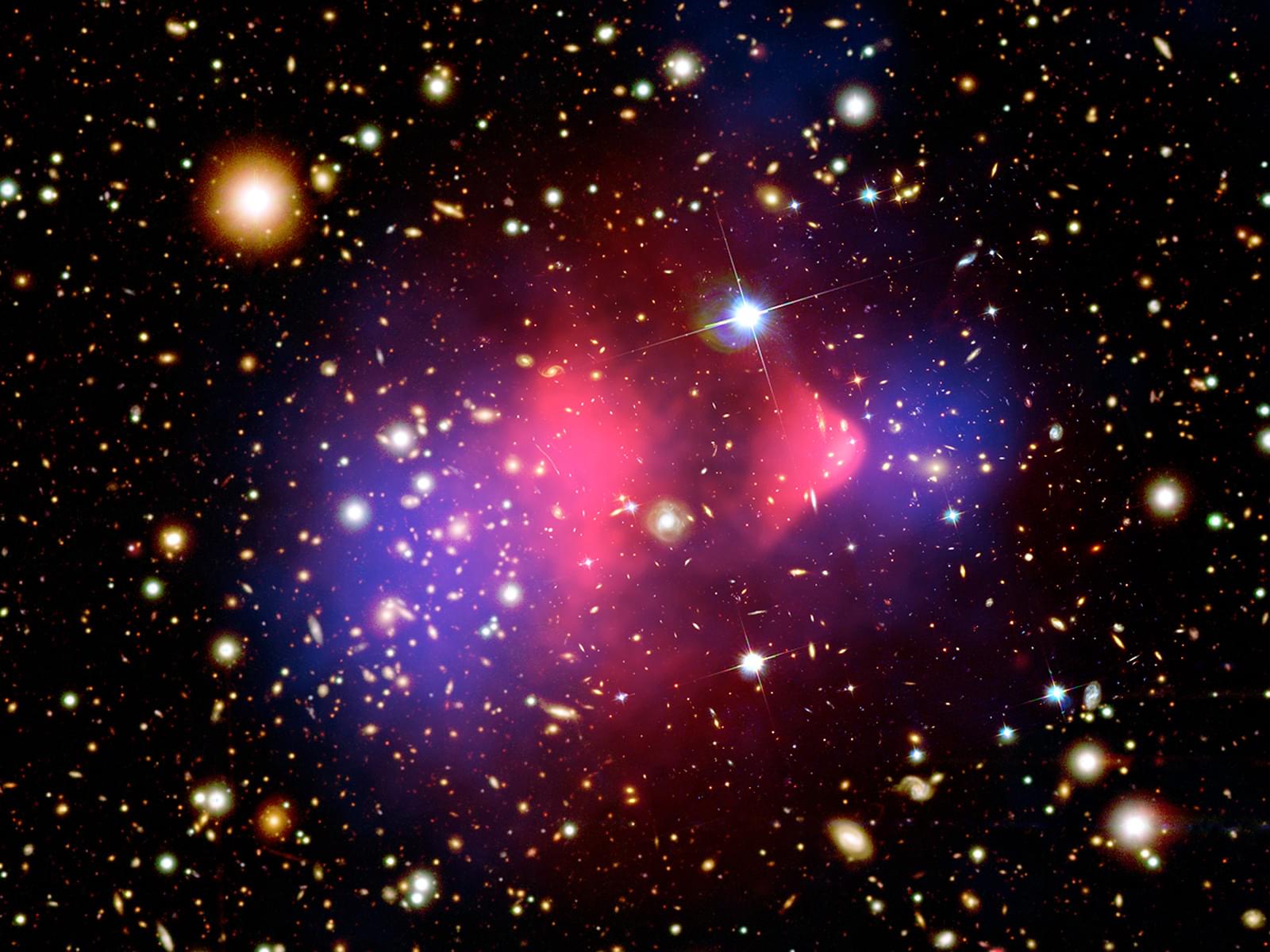On this day in 1992, the Vatican admitted that Galileo was correct in believing that the earth went around the sun.
2. In the first place, I wish to congratulate the Pontifical Academy of Sciences for having chosen to deal, in its plenary session, with a problem of great importance and great relevance today: the problem of ‘the emergence of complexity in mathematics, physics, chemistry and biology’
The emergence of the subject of complexity probably marks in the history of the natural sciences a stage as important as the stage which bears relation to the name of Galileo, when a univocal model of order seemed to be obvious. Complexity indicates precisely that, in order to account for the rich variety of reality, we must have recourse to a number of different models.
This realisation poses a question which concerns scientists, philosophers and theologians: how are we to reconcile the explanation of the world – beginning with the level of elementary entities and phenomena – with the recognition of the fact that ‘the whole is more than the sum of its parts’?
